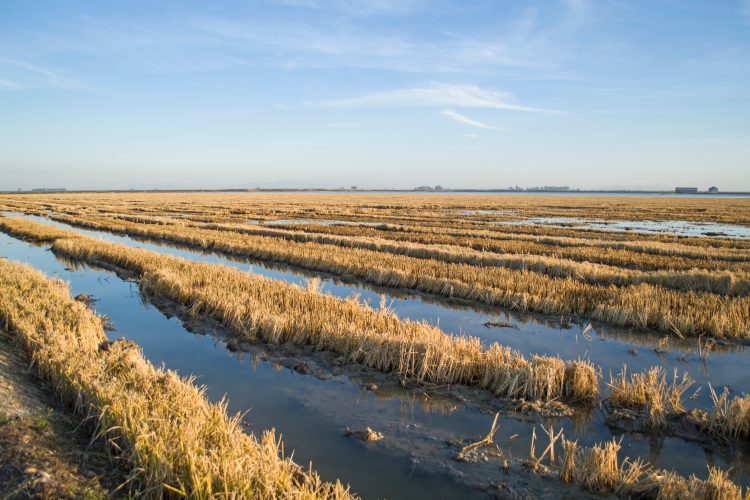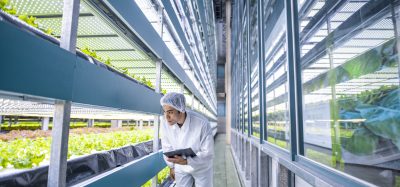Big progress in sustainable rice cultivation
- Like
- Digg
- Del
- Tumblr
- VKontakte
- Buffer
- Love This
- Odnoklassniki
- Meneame
- Blogger
- Amazon
- Yahoo Mail
- Gmail
- AOL
- Newsvine
- HackerNews
- Evernote
- MySpace
- Mail.ru
- Viadeo
- Line
- Comments
- Yummly
- SMS
- Viber
- Telegram
- Subscribe
- Skype
- Facebook Messenger
- Kakao
- LiveJournal
- Yammer
- Edgar
- Fintel
- Mix
- Instapaper
- Copy Link
Posted: 24 October 2022 | Grace Galler | No comments yet
A Mars Food-supported project has shown that greenhouse gas emissions from rice paddies can be significantly reduced with the help of some nifty techniques.


As part of an ongoing project to improve the sustainability of rice cultivation in Seville, the biggest rice cultivating region of Spain, a joint project between Mars Food, Herba Ricemills (Ebro Foods), and Danone has shown that significant greenhouse gas (GHG) reductions are possible.
The project, ORYZONTE, which was started in 2018, used Alternate Wetting and Drying (AWD) techniques and achieved up to a 63 percent reduction in GHG emissions produced by rice paddies in the province of Seville.
What happened during the first study?
The ORYZONTE project sampled and analysed GHG emissions from three commercial rice fields, each with a different water management scenario.
The majority of rice fields are cultivated under flooded conditions, meaning they are a key source of anthropogenic GHG emissions, namely methane (CH4), the prevailing gas for rice crops.
To study the emissions in detail, rather than relying on estimations from existing models, sampling needs to be carried out. This way accurate results can be obtained. However, until now, Mars says no sampling of GHG emissions from commercial rice fields in Seville have been reported.
The samples for the project were taken during the cultivation and fallow season between June 2019 and June 2020.
Two of the fields implemented GHG-saving techniques. The first was AWD, a process that aims to conduct aeration periods during the crop cultivation cycle. The second technique was No Winter Flooding (NWF), a process that focuses on not flooding the fields after harvest, which consequently increases the period in which the soils are oxygenated.
The first field in the study was used as a control plot to obtain the baseline and verify if the applied practices could effectively reduce GHG emissions.
The project team collected gas samples; members included staff from the Gabinete de Iniciativas Europeas and Optiriego Consulting, as well as technical support from Instituto Hispánico del Arroz (Hisparroz). Later on, the gas samples were analysed by members of the Institute of Agrifood Research and Technology (IRTA).
Noteworthy findings of ORYZONTE project
Overall, the project findings showed that implementing specific mitigation practices effectively reduced GHG emissions from rice fields in Seville.
Specifically, the implementation of AWD allowed there to be a reduction in methane emissions by 63 percent with respect to the current farmers’ practices.
It is important to note that the study found that the emissions of other GHGs were not significant in all cases. This means that the global warming potential was significantly reduced at a similar rate as the methane emissions with the implementation of Mid-Season Drainage and NWF in the growing and fallow seasons, respectively.
The ORYZONTE project is now looking to work with rice growers in the Spanish region to educate them on the feasibility of implementing GHG-saving practices, such as Mid-Season Drainage in their own commercial fields.
Related topics
Environment, Equipment, Recruitment & workforce, Research & development, Supply chain, Sustainability, Trade & Economy, World Food
Related organisations
Danone, Ebro Foods, Gabinete de Iniciativas Europeas, Herba Ricemills, Institute of Agrifood Research and Technology (IRTA), Instituto Hispánico del Arroz (Hisparroz), Mars Food









